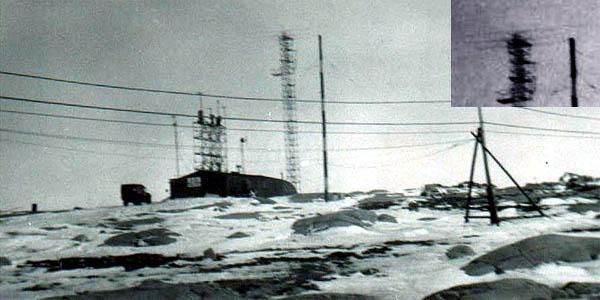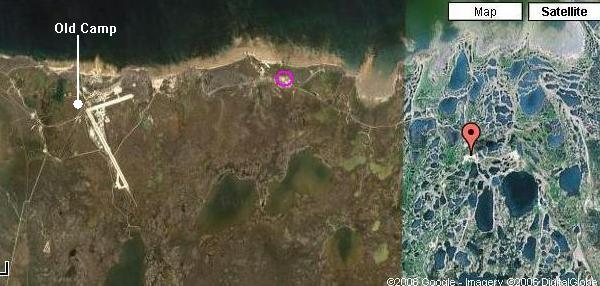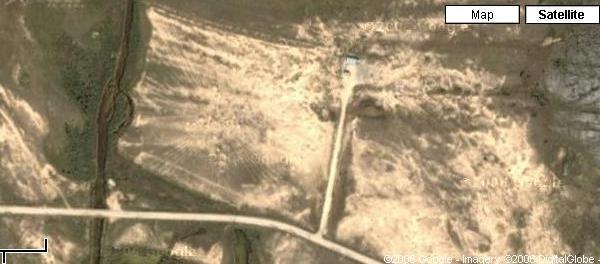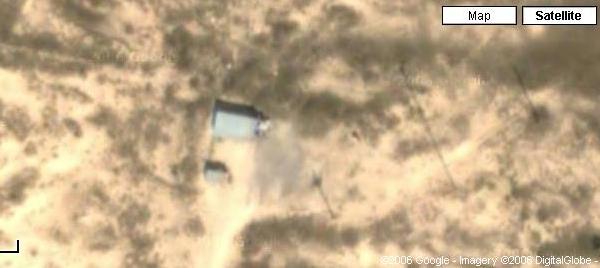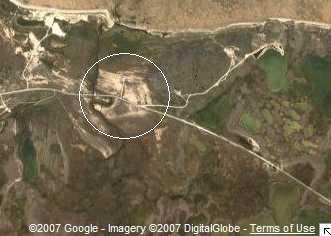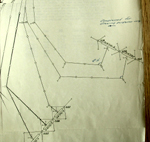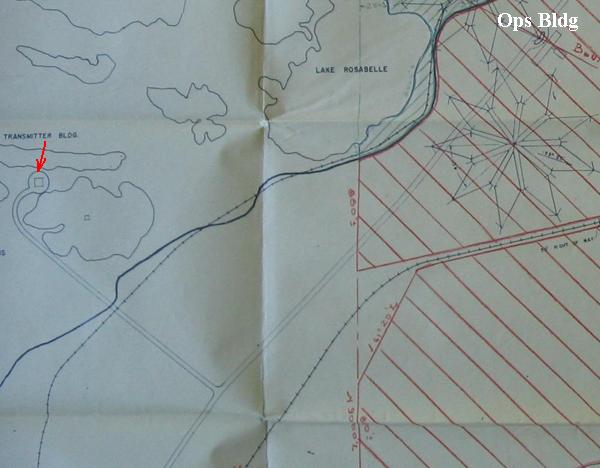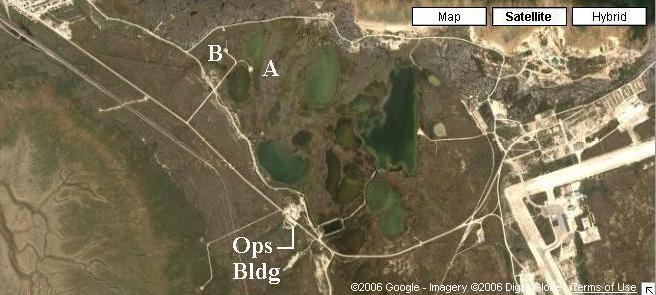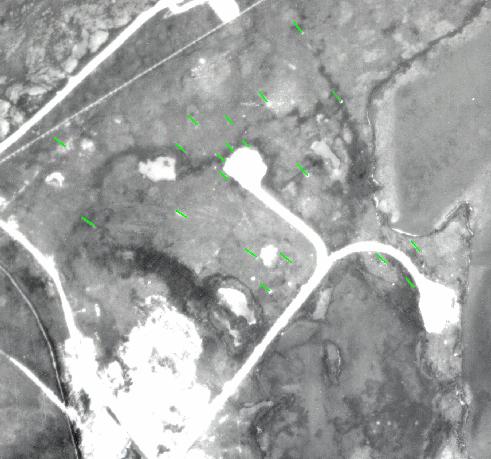In April 1956, Cdr. H.A. Porter, Director of Naval Communications, sent
a memorandum to ACNS (Acting Chief of Naval Staff and VCNS (Vice Chief
of Naval Staff) requesting reliable communications between these stations.
Here is a summary of Cdr. Porter's report.
"The growing importance of Aklavik in the SRA (Supplementary
Radio Activities) operational field necessitated setting up a radio circuit
between Aklavik and Churchill which is at present is carrying increased
loads of traffic. The existing transmitters, namely type TH58, were purchased
on an "emergency" basis at the commencement of the Korean War are both
inadequate in terms of power output and capacity.
It is proposed to replace the existing TH58 transmitter in Churchill
with one of modern design with increased capacity and power. It is not
proposed to replace the one in Aklavik until that station moves to Inuvik.
The present TH58 transmitter at Churchill only has a power output of 1
kw. Owing to the distances involved and to propagation conditions in the
north, this transmitter often proves to have insufficient power for
reliable communications. The operational functions of Aklavik , Frobisher
and Churchill require constant and reliable point-to-point communications.
The existing transmitter does not permit simultaneous transmissions on
a number of frequencies, therefore it does not meet all requirements. Furthermore,
it frequently breaks down and spare parts are no longer manufactured
thus posing a serious maintenance problem.
The northern commitments of Canadian and US Ships including support
of the DEW line have produced a requirement to use Churchill as a communication
link. Present transmitting facilities are not capable of communicating
with Aklavik, Frobisher Bay and the ships at sea simultaneously.
Under consideration as a replacement transmitter, is the Westinghouse
Model MW with a 3 kw power output. It can be keyed simultaneously or independently
on up to four channels and is considered ideal for the purpose envisioned.
If approved, it is proposed to install it in the new RCAF transmitter building
planned for the completion in the summer of 1956.
In March 1955, Naval Staff approved , in principle the purchase of a
replacement transmitter for Churchill at a cost of $35,000 (Ed- This would
translate to $284,000 in 2010) . Funds in this amount appear in the final
1956-57 Estimates Book under Equipment Project No. 75, Priority "A". "
On 25th April 1956, the Naval Board approved the procurement of one MW
transmitter for Churchill.
Another transmitter, the Canadian Marconi TH-58, was used for Churchill/Frobisher
operations on occasion. It was located in a shed-like structure not far
from the base hospital in the camp at Fort Churchill and sometimes referred
to as Old Camp. This transmitter was lacking its protective skins
- just a chassis with the tubes and components showing".
